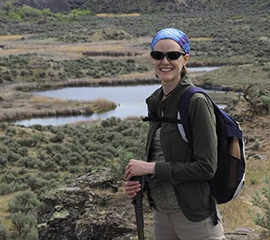
Susannah Burrows: Student of Ice Nucleating Particles
As a second grader, Burrows was required to keep a daily journal of the weather. From there, curiosity bit deep. Today, she leads a team of scientists at the Pacific Northwest National Laboratory in Washington state. They study the tiny atmospheric particles that initiate the formation of ice in clouds. Burrows uses particle samples from midwestern farms to the storm-wracked Southern ocean.
Read more about Burrows here.
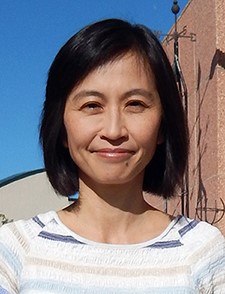
Christine Chiu: Cloud Microphysicist
A researcher at Colorado State University, Chiu says she studies “complicated 3D objects that move fast” ―that is, clouds. Climate models don’t represent cloud properties very well, which degrades climate predictions. Chiu uses data from scanning cloud radars and other instruments to improve our understanding of physical processes that influence precipitation and cloud radiative effects.
Read more about Chiu here.
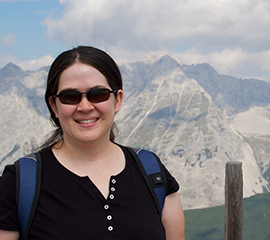
Brenda Dolan: Physicist of Precipitation
Dolan, a researcher at Colorado State University, is an expert on the microphysics of clouds. She uses radar data to investigate how clouds to make rain. A fan of the outdoors, Dolan is a veteran of at least 10 field campaigns, including work in Finland, Mexico, and the Maldives.
Read more about Dolan here.
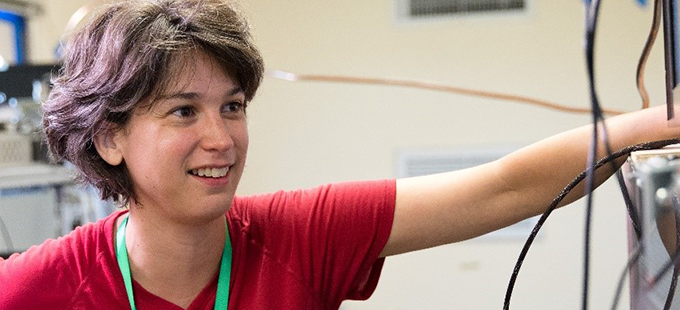
Delphine Farmer: Detective of Atmospheric Organic Compounds
Once drawn to oceanography, Farmer turned her gifts for math and natural history into a career studying the skies. She’s an expert on atmospheric organic compounds―their origins, life spans, and impacts on ecosystems at every scale.
Read more about Farmer here.
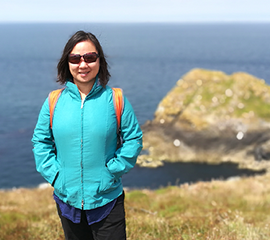
Yan Feng: Modeler of Long-Distance Aerosols
Feng is a scientist at the Argonne National Laboratory in Illinois. She studies radiation arriving from the sun and how much is absorbed or scattered back into space by tiny particles called aerosols. Lately, Feng is investigating how this radiation balance is changed when the aerosol properties of smoke evolve during long-range transport in the atmosphere.
Read more about Feng here.
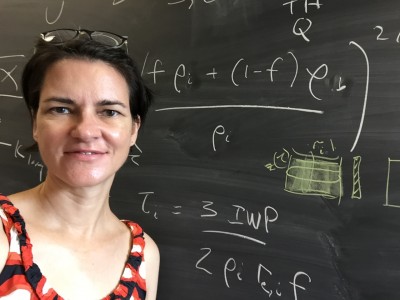
Ann Fridlind: NASA Cloud Inquisitor
This graduate of Stanford University, now an atmospheric scientist and modeler at NASA’s Goddard Institute for Space Studies, is a student of clouds. She got “the math gene” from both sides of her family, Fridlind explains. “I like to say I speak English and math.”
Read more about Fridlind here.
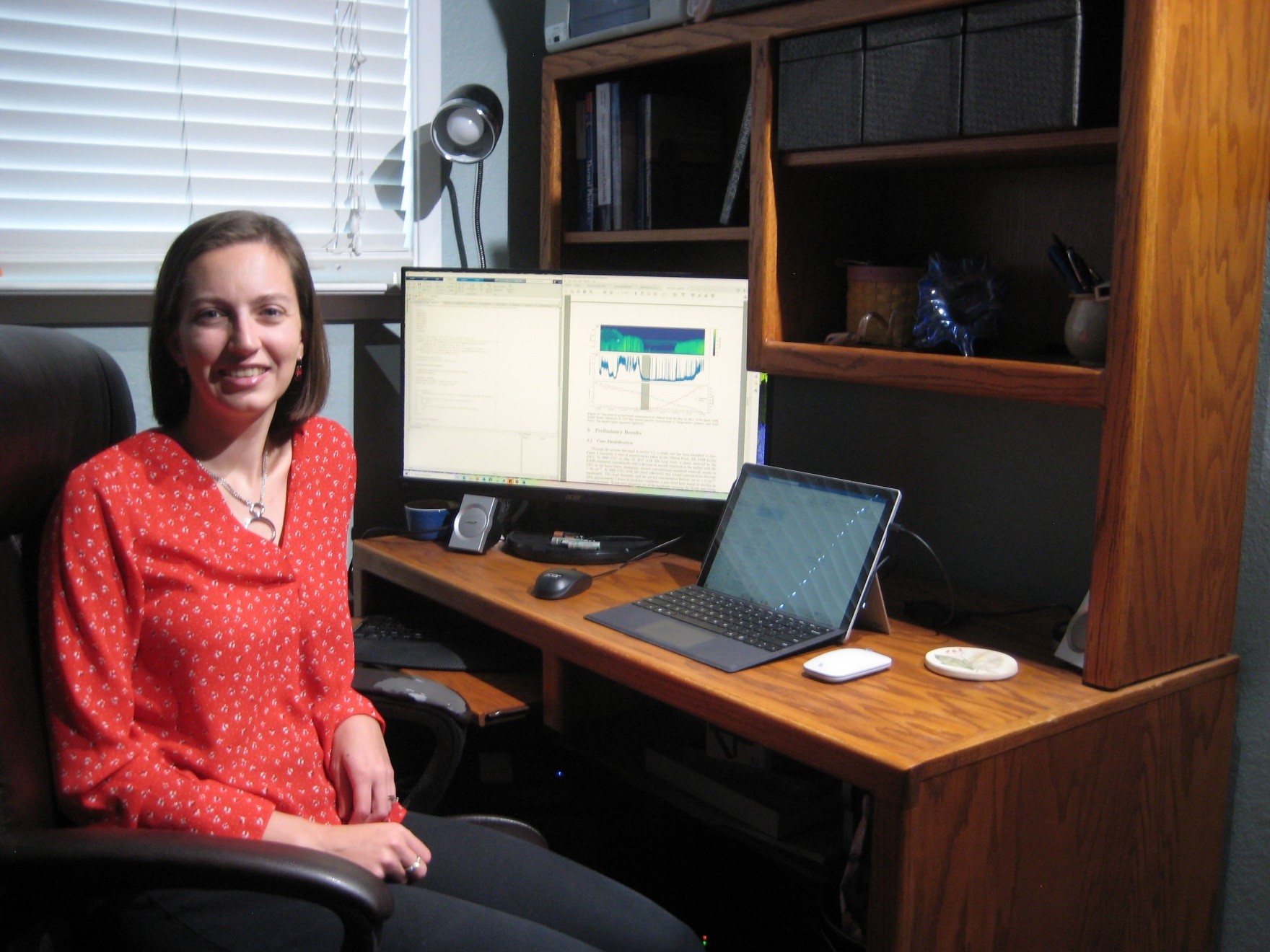
Adele Igel: Investigator of Arctic Clouds
Igel teaches and does research at the University of California, Davis. She is fascinated by the Arctic’s long-lived clouds, which have profound influence on seasonal sea-ice melt. Igel asks: how do such clouds dissipate? She and others are looking at a link between cloud longevity and aerosol concentrations at the surface.
Read more about Igel here.
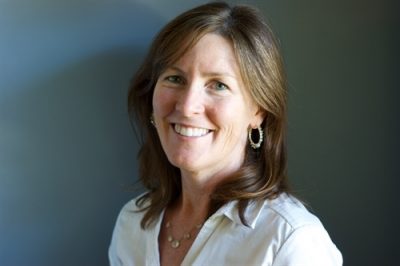
Allison McComiskey: Explorer of Aerosol Answers
Intrigued by instruments that can measure earth systems remotely, this native of Louisiana turned from an early career in archeology to one at the forefront of investigating aerosols. These ultrafine solid particles or droplets of water in the atmosphere make clouds and precipitation possible.
Read more about McComiskey here.
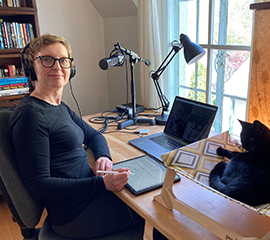
Nicole Riemer: Aerosol Behaviorist
Growing up on the edge of the Black Forest in Germany, Riemer felt an early urge to “explain the world around me.” Now at the University of Illinois at Urbana-Champaign, she studies the dynamics of aerosols in the atmosphere. These microscopic airborne particles heavily influence cloud formation, precipitation, the climate―and human health.
Read more about Riemer here.
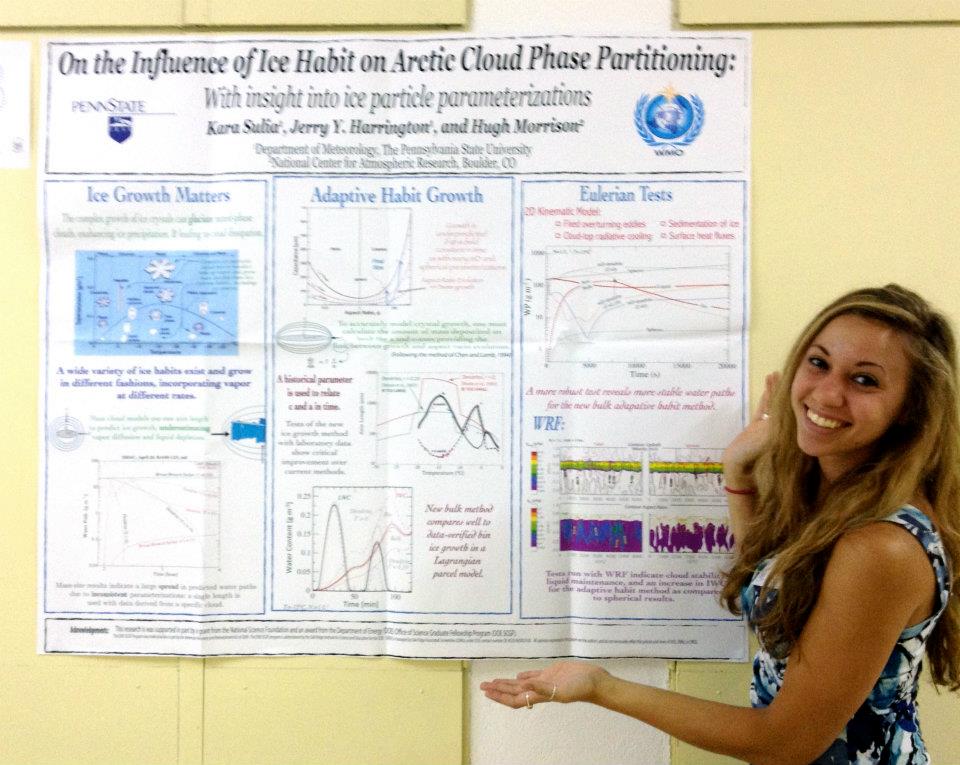
Kara Sulia: Archivist of Ice Shapes
Sulia is a research associate at the University at Albany―State University of New York. She uses machine learning to catalog and characterize the shape of ice crystals from a huge archive of images. The shape and type of ice crystals in clouds help scientists calculate radiative transfer in cloud systems, cloud thermodynamics, and precipitation amounts.
Read more about Sulia here.
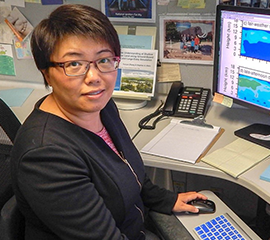
Yunyan Zhang: Simulator of Boundary Layer Clouds
At the Lawrence Livermore National Laboratory in California, Zhang designs numerical simulations of cloud life cycles. The work has also made her a student of how clouds interact with the Earth’s surface within the boundary layer. That’s the lowest band of the atmosphere, where weather happens.
Read more about Zhang here.
# # #
This work was supported by the U.S. Department of Energy’s Office of Science, through the Biological and Environmental Research program as part of the Atmospheric System Research program.

